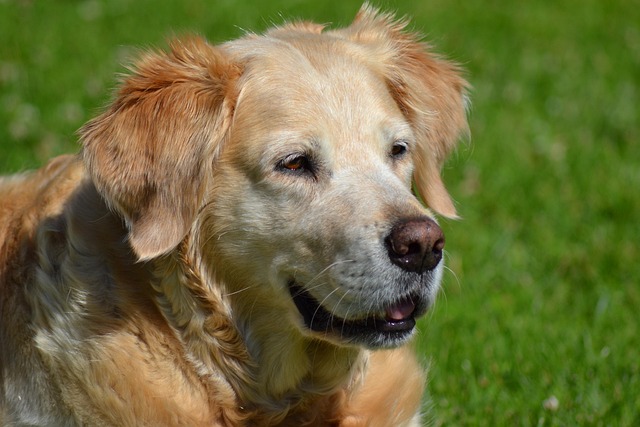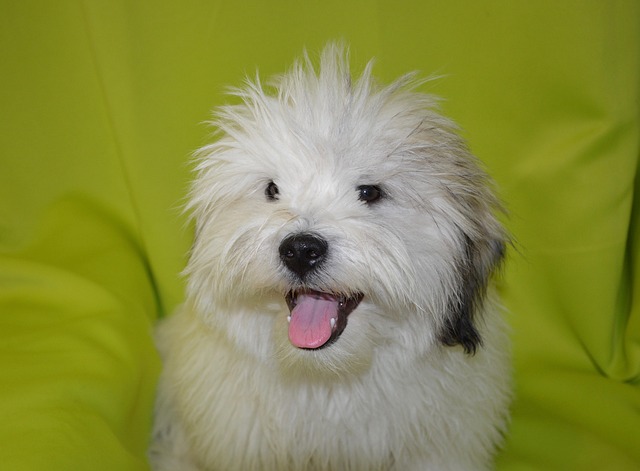
How do you treat respiratory problems in dogs?
Watching your dog struggle to breathe—whether it’s rapid panting, wheezing, or gasping—can be terrifying for any pet parent.
I sat with my friend Alex on his porch last weekend, watching his 18-month-old Border Collie, Charlie, scratch at his paws until they turned pink—there was even a small bald spot on his chest, and he kept sneezing when the wind blew. “The vet said it’s environmental allergies—pollen and dust mites. But how do I treat environmental allergies in dogs without making him miserable?” Alex asked, handing Charlie a chew toy to distract him. If you’re a new U.S. dog owner dealing with a pup itchy, sneezy, or uncomfortable from things like grass, mold, or dust, treating environmental allergies isn’t about a “quick fix”—it’s about small, consistent steps to cut exposure and ease their symptoms.
To understand why these steps work, let’s break down environmental allergies in dogs: Your pup’s immune system overreacts to harmless things in their surroundings—like pollen from grass or dust mites in your couch. Instead of ignoring these triggers, their body sees them as “threats,” leading to itching, red skin, sneezing, or even ear infections. Charlie’s vet explained that unlike food allergies (which involve changing their diet), environmental allergies need a two-part approach: reducing how much your dog touches or breathes the allergen, and easing their immune system’s overreaction. This makes sense—if you can cut down on pollen stuck to their fur, their body has less to react to.

Here’s how to treat environmental allergies in dogs, step by step: First, cut exposure to triggers. If pollen is the issue (like Charlie’s case), avoid walks in tall grass or at dawn/dusk (when pollen counts are highest). When you get home, wipe their paws and belly with a damp cloth to remove pollen—Alex started doing this, and Charlie’s paw-scratching dropped by half. For dust mites, wash their bed weekly in hot water (130°F or higher) and use a HEPA air purifier in rooms they spend most time in—Alex added one in the living room, and Charlie stopped sneezing indoors. Second, use vet-recommended relief. Never give your dog human meds (like antihistamines) without checking—vets can prescribe safe, mild options to ease itching. Charlie’s vet gave him a gentle antihistamine and a medicated shampoo (used once a week) to calm his skin. Third, reward cooperation during care. If your dog hates having their paws wiped or getting a bath, give them a tiny, high-value treat (like freeze-dried salmon) afterward. This turns “annoying tasks” into positive experiences—Charlie now runs to the door with his towel, knowing a snack is coming. Fourth, monitor for flare-ups. Keep a note on when symptoms get worse (e.g., “Charlie scratches more after park walks”)—this helps you tweak your routine, like skipping the park on high-pollen days.
For apartment living, vacuum carpets and couches weekly to cut dust mites, and avoid opening windows during pollen season (use AC instead). When walking, always carry poop bags (cities like Atlanta fine $150 for leaving messes)—even on short trips to avoid pollen, you still need to clean up after your pup. Never scold your dog for scratching or licking—they’re not “being bad”; they’re in pain, and punishment violates U.S. animal welfare standards. Keep your dog’s rabies vaccine up to date (required nationwide)—vet checkups are key: they can adjust treatments if symptoms get worse, or spot infections from excessive scratching early.
After three weeks, Alex texted me a video of Charlie running through the yard (on a low-pollen day) without stopping to scratch. How to treat environmental allergies in dogs? It’s about working with your vet, being consistent, and making small changes that add up to a happier, itch-free pup.

Watching your dog struggle to breathe—whether it’s rapid panting, wheezing, or gasping—can be terrifying for any pet parent.

I sat with my friend Jesse on his Arizona patio last Tuesday, where his 1-year-old Beagle, Buddy, lay listlessly by the water bowl—Jesse held up a soiled paper towel, sighing.

I sat with my friend Alex on his porch last weekend, watching his 18-month-old Border Collie, Charlie, scratch at his paws until they turned pink

When you notice your dog coughing more than usual after a walk in the park, or hear a wheezy sound when they curl up to sleep, it could be a sign of kennel cough—a condition vets see more than any other respiratory issue in dogs.

I sat with my friend Jamie on her kitchen floor last week, staring at her 3-year-old Lab mix, Max, who’d turned up his nose at his favorite chicken kibble

Caring for a dog means staying alert to small changes in their health, and skin issues are some of the most common signs something might be off.